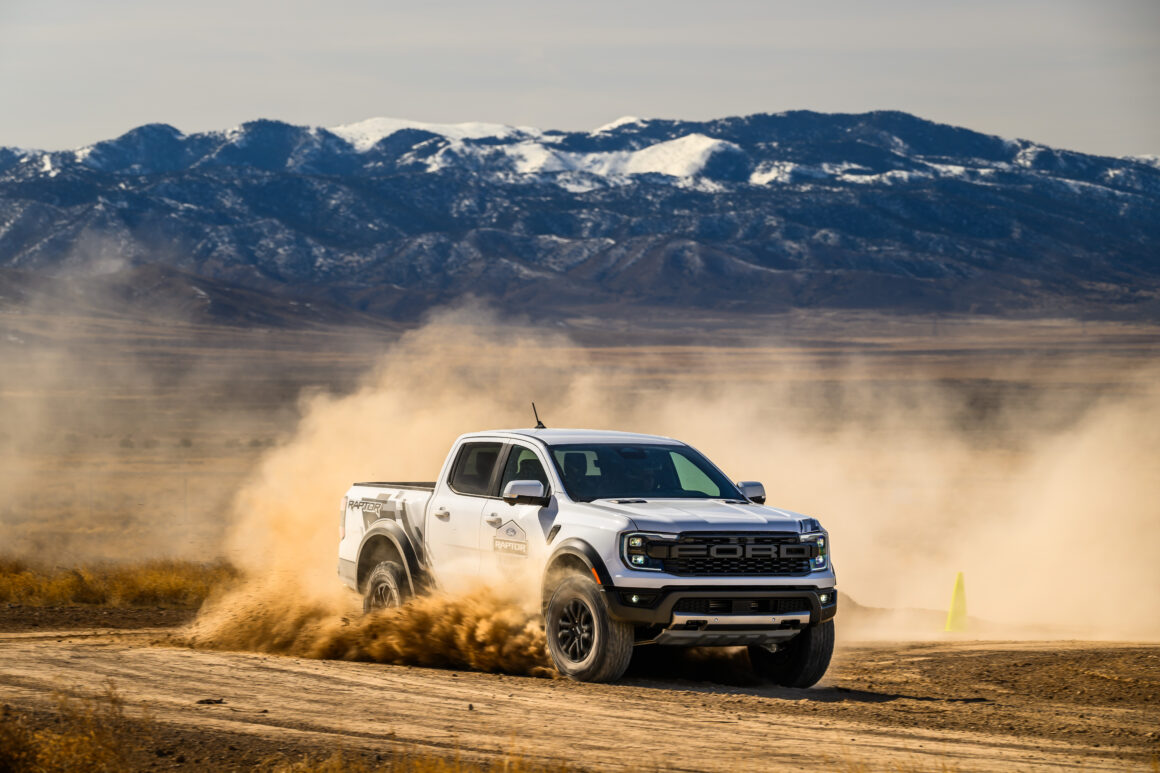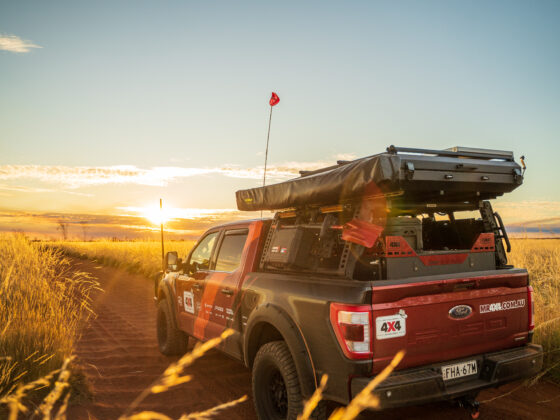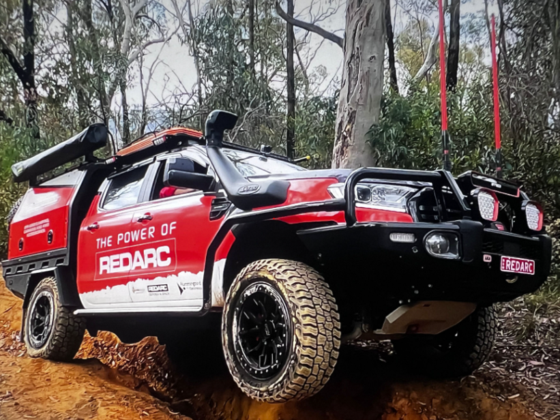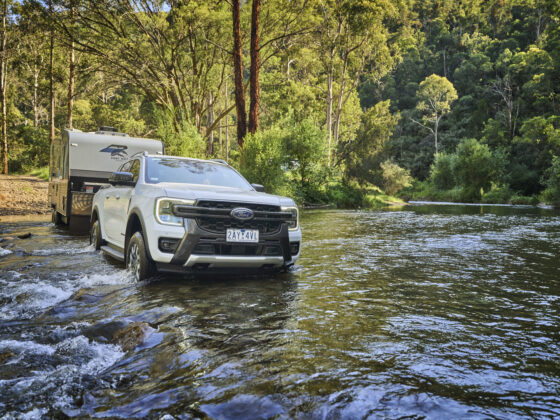Drivers in South Australia are now required to obtain a special U-Class license to operate ultra high-powered vehicles (UHPVs). It’s a move that has stirred discussions among motoring enthusiasts. While this regulation currently targets vehicles with a power-to-weight ratio of at least 276kW per tonne and a gross vehicle mass of less than 4.5 tonnes, there’s growing concern that similar restrictions could eventually impact the 4×4 community. Especially those who own high-performance models like the Ford Ranger Raptor, F-150 Raptor, Bronco Raptor, and RAM TRX.

The New UHPV Regulations in South Australia
As of December 1, 2024, South Australian drivers must complete an online course and obtain a U-Class licence to legally drive UHPVs. Additionally, they are prohibited from disabling advanced driver-assistance systems (ADAS) such as traction control and electronic stability control while on public roads. Violations can result in hefty fines of up to $5,000 and six demerit points.
These measures were introduced following tragic incidents involving high-powered vehicles, aiming to ensure that drivers are adequately trained and aware of the risks associated with operating such potent machines.
Could 4x4s Be Affected Next?
While the current regulations focus on vehicles with extreme power-to-weight ratios, there’s speculation that the scope could widen. High-performance 4x4s, known for their robust towing capabilities, higher center of gravity, and substantial weights, might attract regulatory attention in the future.
Power-to-Weight Ratios of Popular High-Performance 4X4s
- Ford Ranger Raptor. With a power output around 292kW and a weight of approximately 2.5 tonnes, its power-to-weight ratio is about 117kW per tonne.
- F-150 Raptor R. Producing roughly 522kW and weighing around 2.7 tonnes, it has a power-to-weight ratio of approximately 193kW per tonne.
- Bronco Raptor. Similar figures to the Ranger Raptor place it below the UHPV threshold.
- RAM TRX. With around 523kW and a weight of 2.9 tonnes, it’s got a power-to-weight ratio of approximately 180kW per tonne.
None of these models currently meet the UHPV definition of 276kW per tonne. However, as manufacturers continue to push the boundaries of performance, future models could inch closer to this threshold.

Factors That Could Influence Future Regulations
- Higher Center of Gravity: 4X4s inherently have a higher center of gravity, which can affect handling and rollover risk, potentially drawing safety concerns.
- Increased Weight: The substantial weight of these vehicles can impact braking distances and collision forces.
- Towing Capabilities: While a selling point for many buyers, towing adds complexity to vehicle dynamics and safety considerations.
- Off-Road Modifications: Lift kits, larger tyres, and performance enhancements might attract regulatory scrutiny if they significantly alter a vehicle’s handling characteristics.
The Slippery Slope of Regulatory Expansion
The introduction of the UHPV license has set a precedent. If authorities decide that the risks associated with high-performance 4X4s warrant additional regulation, owners might face similar requirements, such as specialized licensing or restrictions on disabling driver aids.
What This Means for 4X4ers
For now, 4X4ers can continue to enjoy their vehicles without the need for a special licence in South Australia. However, staying informed about regulatory changes is crucial. Engaging in community discussions and advocating for reasonable regulations can help ensure that enthusiasts can enjoy their vehicles responsibly without undue red tape.
Conclusion
While the current UHPV regulations do not affect high-performance 4X4s, the motoring landscape is ever-evolving. The combination of high power outputs, heavier weights, and unique driving dynamics of these vehicles could place them under the spotlight in the future. Owners and enthusiasts should remain vigilant and proactive in discussions about road safety and vehicle regulations to safeguard their interests.













